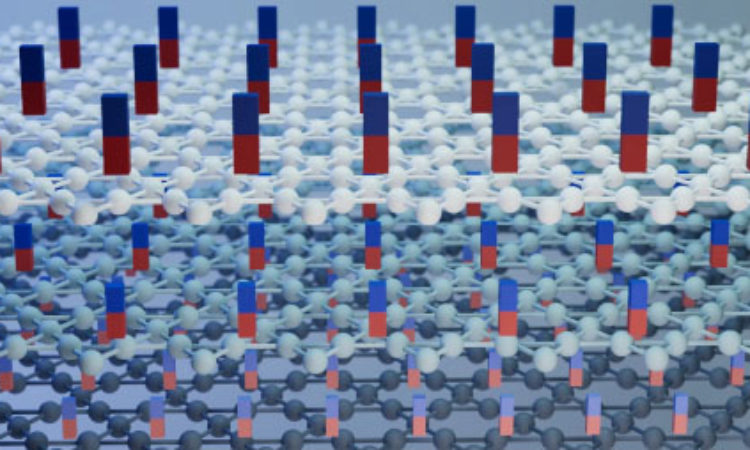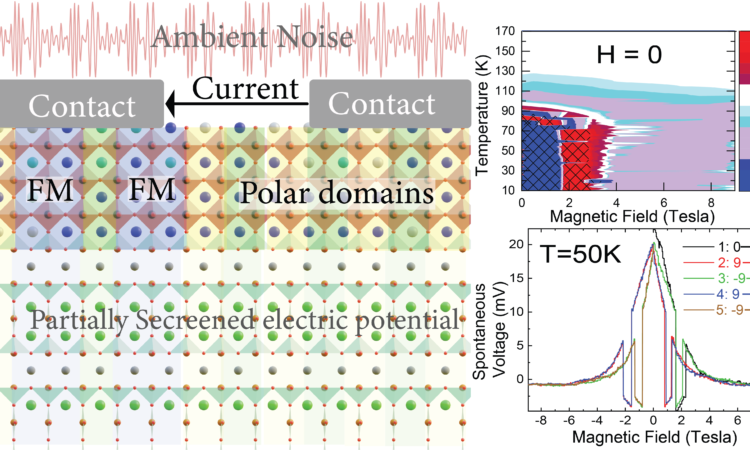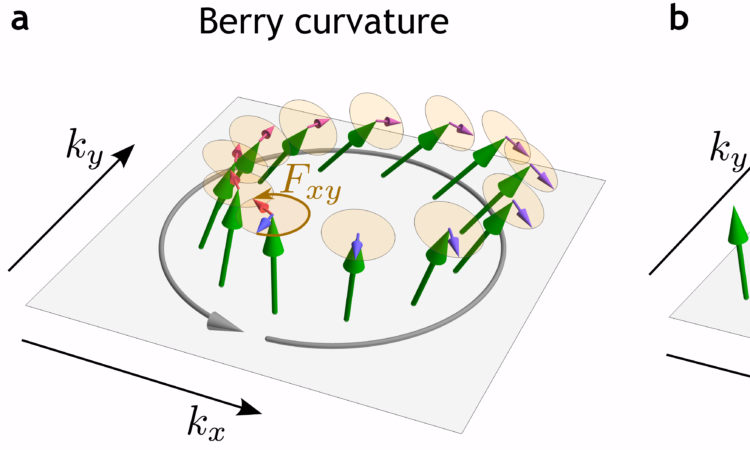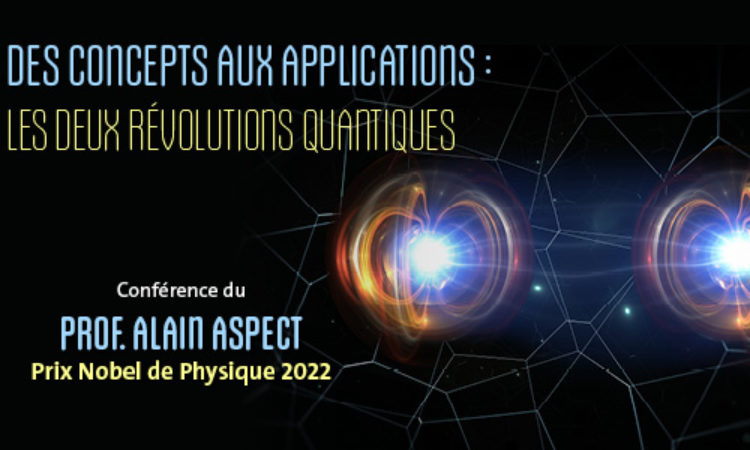Repelling – and still holding together
How can a structure hold together when its individual components repel each other ? An international research team has answered this question demonstrating an example of such a highly excited exotic quantum state of the matter. Researchers from the universities of Geneva, Augsburg, Bonn and Cologne, the TU Dortmund, the University of Northern British Columbia, and the Helmholtz-Zentrum Dresden-Rossendorf were involved in the study. The results have been published in Nature.
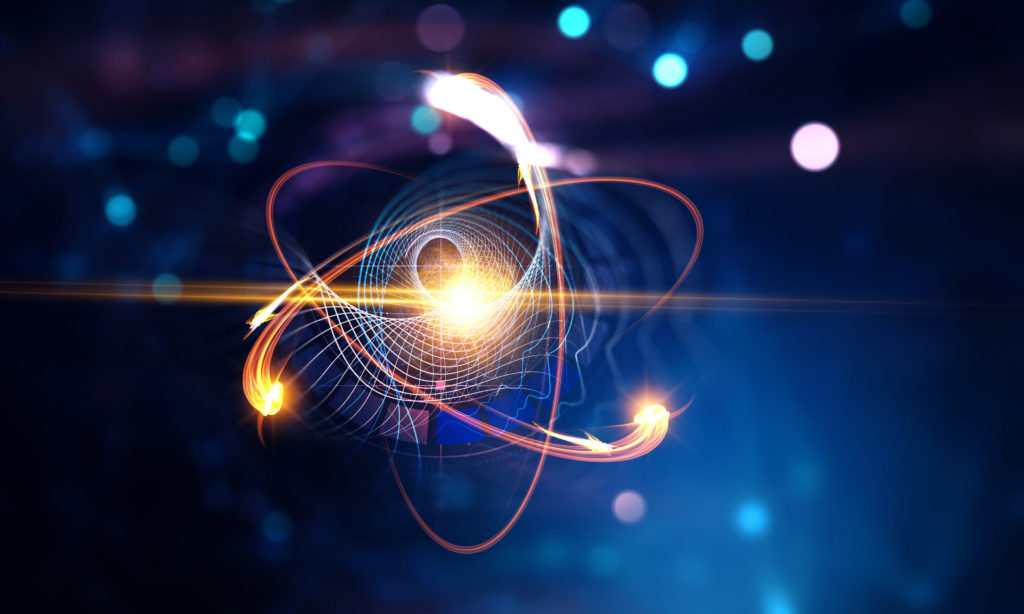
Most objects around us are hold together by attractive forces. In atoms, the attraction between the positively charged nucleus and negatively charged electrons leads to the formation of a stable object. This principle is valid also with a collection of many particles, as in solid materials, where the individual molecules are held in fixed positions by the binding forces. An example of this is the crystal of table salt, where sodium ions, of positive charge, attract the chloride ions, with a negative charge.

“It is counterintuitive and surprising that stable objects could be also formed by repulsive forces. However, this can happen if the composite object is highly excited and cannot reduce its energy”, explains Dr Catalin Halati, researcher at the Department of Quantum Matter Physics, in the group of Prof. Thierry Giamarchi, UNIGE “and if we have a situation in which the object can hardly exchange energy with its surroundings, this will prevent separation”.
In their study the researchers have identified a compound, BaCo2V2O8, in which, to the general surprise, these exotic repulsively bound objects can be observed. This compound is a realization of a spin chain, a paradigmatic model of quantum many-body physics. One can think of the spin of the electrons, their intrinsic magnetic degree of freedom, as a quantum analogue to the needle of a compass which aligns to an external magnetic field. However, if one spin points in the opposite direction compared to the aligned spins around it, this realizes a magnon, a well-established magnetic quasiparticle excitation. The researchers used terahertz light waves to excite the spins and create magnons that repel each other to investigate their dynamics in applied magnetic fields up to 60 Tesla. The analysis of the experimental data has led to the identification of quantum states in which two or three of these opposite aligned spins are held together by their repulsive interactions.
This study constitutes the first proof of principle that repulsively bound states can be observed in a solid-state system. The scientists are currently working on understanding how these exotic states might manifest themselves in more complex quantum systems. A promising direction comes from the fact that spin chains are considered as possible candidates for transporting quantum information, such that potential applications into quantum technologies are being explored, which will undoubtedly keep scientists busy for several more years.
Read the article Experimental observation of repulsively bound magnons
published in Nature
Contact: Dr Catalin Halati, catalin.halati@unige.ch
